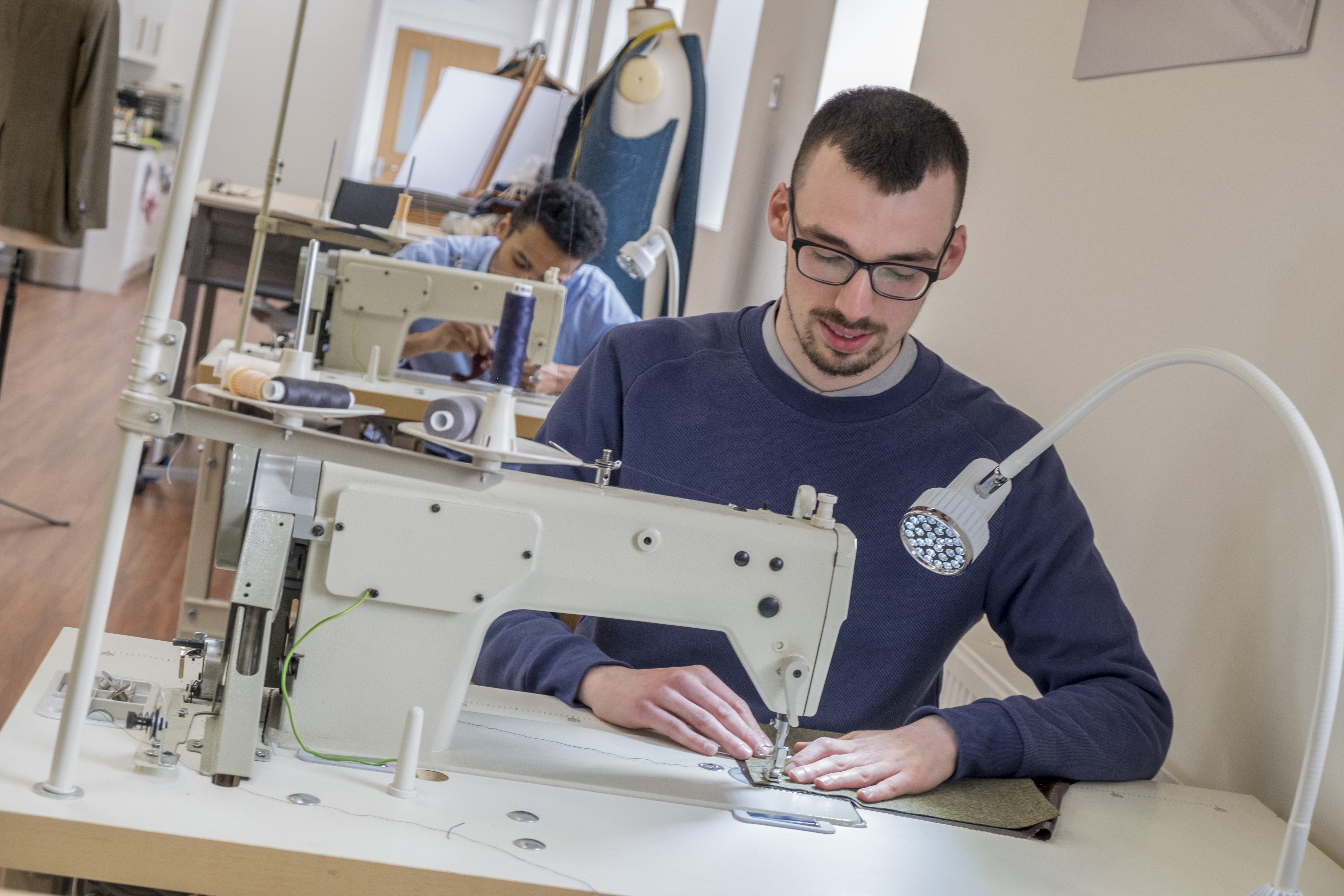Tailor Perth Specialists: Tailor-Made Solutions for Elegant Outfit
Tailor Perth Specialists: Tailor-Made Solutions for Elegant Outfit
Blog Article
Comprehending the Tailoring Process: From Textile Choice to Final Suitable for the Ideal Closet
The customizing procedure is a complex interaction of art and science, starting with the important choice of fabric selection and culminating in the precise changes of last fittings. Each textile type brings unique qualities that influence not only the aesthetic charm however also the garment's longevity and viability for different events.
Value of Textile Selection
Selecting the best textile is crucial in the tailoring process, as it directly affects the comfort, resilience, and general aesthetic of the final garment (tailor perth). The choice of material establishes the foundation for the garment's design, functionality, and performance. Different textiles have one-of-a-kind homes, such as weight, breathability, and stretch, which can considerably impact exactly how the garment drapes and fits the body
Additionally, fabric option impacts the garment's longevity and convenience of treatment. High-quality textiles can endure damage, maintaining their appearance and structure with time, while lower-quality products might result in pilling or fading. In addition, the right textile contributes to the garment's ability to transition throughout periods and celebrations, thereby enhancing adaptability.
A tailored item made from a proper material not only showcases workmanship yet also elevates the user's confidence. Subsequently, recognizing the subtleties of fabric option is vital for any customizing endeavor. It ensures that the end product not only meets the visual needs of the client yet also lines up with practical requirements, consequently attaining a harmonious balance in between type and feature in the customized wardrobe.
Kinds of Fabrics and Their Uses
Recognizing the different types of materials available is vital for making informed choices throughout the customizing procedure. Each fabric has distinct qualities that dictate its suitability for particular garments and events.
Its versatility allows it to be tailored right into whatever from shirts to dresses. Its natural elasticity helps garments maintain form over time.
Silk radiates deluxe and is light-weight, making it best for eveningwear and delicate blouses; nonetheless, it needs careful handling as a result of its delicacy. Bed linen, with its textured surface, is a popular option for cozy environments, offering a crisp and ventilated feeling, but it wrinkles conveniently, which might impact the garment's look.
Synthetic textiles, such as polyester and nylon, offer sturdiness and resistance to wrinkles, making them ideal for everyday wear and active garments. Recognizing these fabric kinds and their residential properties enables much better decision-making, making sure that each customized item not only fits well but likewise lines up with the designated function and celebration.
The Tailoring Methods Explained
The art of customizing counts on a selection of strategies that change fabric right into well-fitted garments. Central to this process is pattern drafting, where a dressmaker creates layouts based upon the client's dimensions and wanted style. This first action makes certain that the garment will fit the user correctly before any reducing happens.
Once patterns are developed, reducing techniques enter into play. Precision is extremely important as errors can lead to misfitting garments. Tailors usually utilize numerous cutting methods, such as single-layer reducing for complex designs and multiple-layer cutting for effectiveness on conventional patterns.
Basting is an additional essential method, enabling dressmakers to briefly sew fabric assemble for a preliminary installation. This method uses the chance to evaluate the drape and general shape before last stitching.
Seaming methods, consisting of french joints and flat-felled joints, enhance the garment's durability and visual charm. Tailors likewise employ methods such as interfacing and padding to supply framework and form to particular locations, like shoulders and collars.
Finally, ending up techniques, consisting of hemming and edge finishing, guarantee the garment's durability while giving a sleek appearance. Together, these techniques develop the foundation of efficient tailoring, leading to exquisite, custom-fit clothing.
Suitable Adjustments and Considerations

Trick considerations consist of the shoulder fit, which should neither sag neither restrict motion, and the sleeve length, which should Look At This permit comfy arm movement while maintaining a polished appearance. In addition, adjustments at the midsection can fine-tune the shape, with alternatives to allow out or absorb textile as required.
The surge of pants is an additional crucial element; it must rest comfortably above the hips without causing pain, enabling simplicity of motion. Hemming lengths for both pants and skirts need to reflect the wearer's preferred style while valuing proportions.

Preserving Your Tailored Apparel
Constantly follow the treatment label directions, which might recommend dry cleaning for delicate fabrics or maker washing for more resilient materials. Prevent frequent laundering, as this can wear down the material and change the garment's form.
Storage space is similarly vital; use padded hangers for coats and jackets to maintain shoulder framework, and store trousers folded nicely or hung to stop creasing. Safeguard garments from straight sunlight, which can discolor shades and damage fibers.
In browse this site addition, regular evaluations for small repairs can prevent bigger concerns. Inspect for loosened buttons, tearing seams, or indications of moth damages, dealing with these troubles promptly to preserve the garment's stability.
Finally, think about seasonal rotation. Using tailored pieces in small amounts enables fabrics to recoup, prolonging their life-span. By carrying out these maintenance techniques, you can make certain that your customized garments remain as pristine as the day you first wore them, boosting your optimal closet for many years to find.
Conclusion
The tailoring procedure, incorporating fabric choice, competent techniques, and accurate fitting modifications, plays an important function in producing garments that improve both next page convenience and style. Comprehending the relevance of maintenance expands the life of customized garments, solidifying their value in a well-curated closet.
Selecting the ideal fabric is crucial in the tailoring procedure, as it straight affects the convenience, durability, and total aesthetic of the final garment. The choice of textile sets the foundation for the garment's efficiency, capability, and design. Different textiles have special homes, such as stretch, weight, and breathability, which can considerably impact just how the garment drapes and fits the body.
The art of tailoring depends on a selection of techniques that transform textile right into well-fitted garments.The tailoring process, encompassing fabric option, experienced strategies, and precise fitting adjustments, plays a critical duty in developing garments that boost both comfort and style.
Report this page